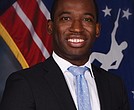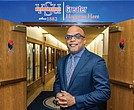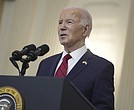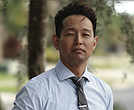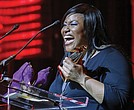Church leaders want public lands to better reflect Black history
Adelle M. Banks/Religion News Service | 10/13/2022, 6 p.m.
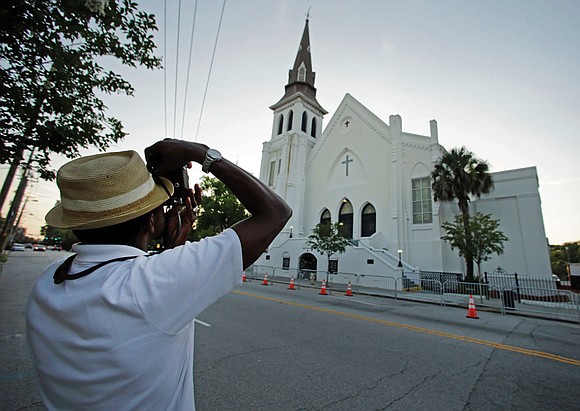
Growing up in Charleston, South Carolina, the Rev. Carey A. Grady heard about the history of Emanuel African Methodist Episcopal Church and its connection to a slave revolt planned by Denmark Vesey — long before it was the site of a 2015 massacre.
And Rev. Grady knew of the church through his father, the late AME Bishop Zedekiah Grady, who worked with church leaders from Emanuel AME and other congregations to support the 1969 hospital strike in that city. He wishes more people could learn these lesser-known stories of the church, of his father, of the hard work they did on behalf of African- Americans in the city.
“Their members were the ones who were the orderlies or the ones who cooked or the ones who cleaned up waste and trash, and they couldn’t get good-paying jobs,” said Rev. Grady, now senior pastor of Reid Chapel African Methodist Episcopal Church in Columbia, S.C. “They stood up for better wages for their members.”
Rev. Grady was one of hundreds of Black church leaders who were surveyed earlier this year for a report from the National Religious Partnership for the Environment. The nonprofit has found a significant majority of them say Black history is not told adequately through national and local parks.
“Stories on the Lands: Showcasing Black History on Public Lands” was released this month (September) after interviews, roundtable discussions and follow-up questionnaires were used to learn the views of Black religious leaders.
“You don’t have American history without African-American history; they’re mutually connected,” said the Rev. Michael McClain, national outreach director for the Washington-based partnership. “And so often, the younger generations don’t know that because we’re not telling them. Unfortunately, we know more about Confederate monuments than we do about African-American events that took place.”
The report also notes that only about 180 of the 2,600 historical landmarks in the country are considered African American historical landmarks. And of the 129 national monuments designated by U.S. presidents since 1906, 12 represent the history and stories of Black people.
Leaders of the partnership hope to convince President Biden to further diversify the country’s monuments by high- lighting the history of slavery and civil rights, Black schools and cemeteries, lynchings and racially motivated massacres, through designations permitted under the Antiquities Act.
In 2016, the centennial year of the National Park Service, bishops of historically Black denominations topped the list of names on a 609-page petition telling then-President Obama: “Our public lands — the places where we play, pray, and take Sabbath — need to be a full reflection of the faces of our country, should respect different cultures and histories, and should engage all people.”
Cassandra Carmichael, the partnership’s executive director, said the report was a “natural result” of the earlier petition.
“NRPE has been working with Black church leaders on land protection for quite some time and it was important to better understand and articulate their perspectives and priorities as it relates to public lands,” she told Religion News Service in an email. “The next steps are to look at places that tell the stories that the Black church leaders identified as important and to lend our voice to their protection and conservation.”

